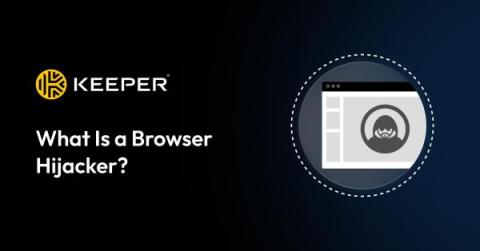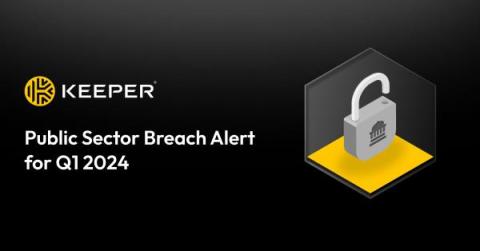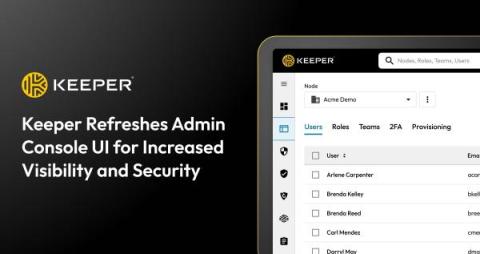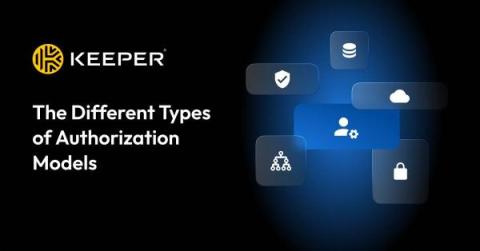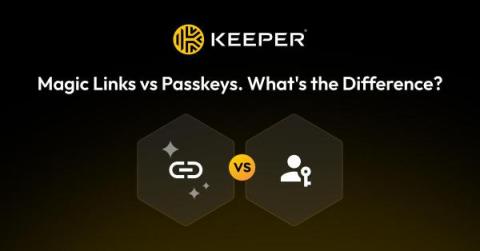What Is a Browser Hijacker?
A browser hijacker is a type of malware that infects an internet browser. When your Internet browser becomes infected, it’s done without your knowledge or consent so you may not even notice it’s there until it’s too late. Typically, browser hijackers are used by cybercriminals to redirect users to malicious websites for financial gain, but they can also be used to gather your personal information and spy on your online activity.


